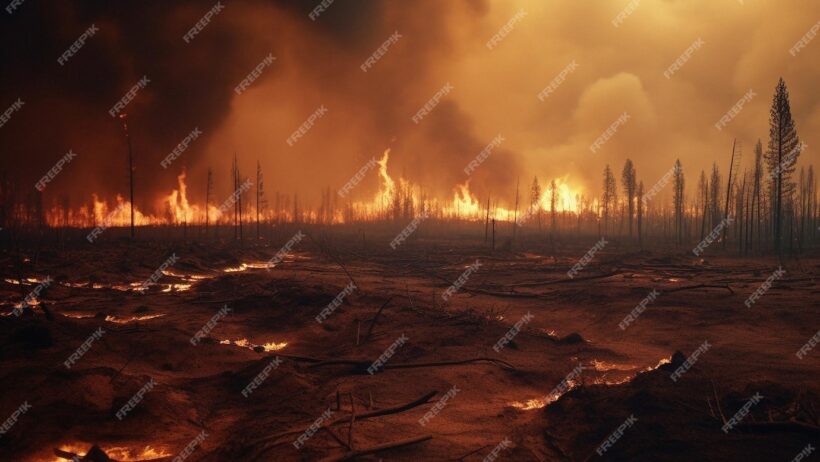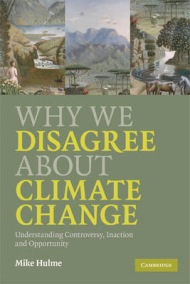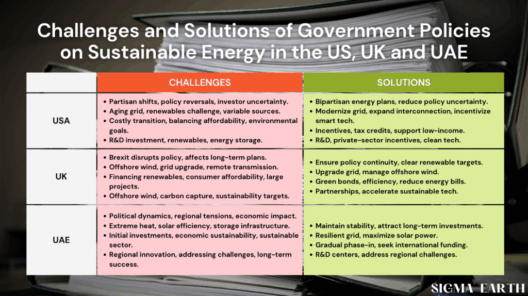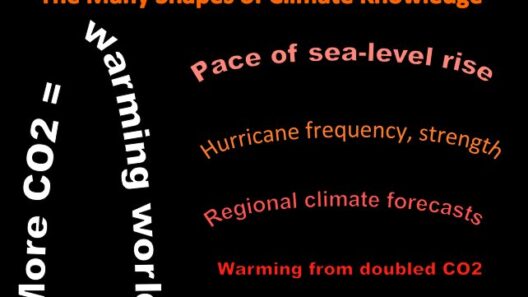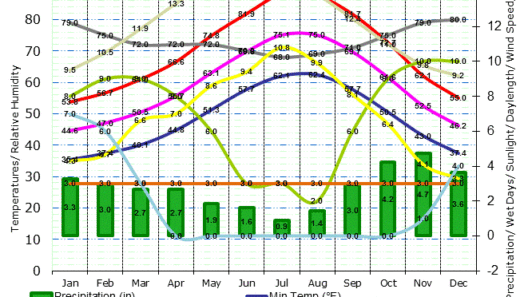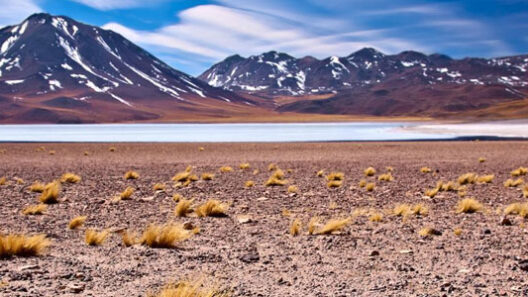Wildfires are no longer mere aberrations within the tapestry of nature. They have transformed into ominous harbingers of climate change, marking the landscape with fierce embers ignited by rising global temperatures. To comprehend the symbiotic relationship between wildfires and climate change, one must first understand the critical undercurrents that propel this unfolding catastrophe.
As temperatures steadily ascend, a perfect storm brews. Climatic shifts intricately weave a narrative where droughts grow longer, vegetation becomes parched, and ecosystems shift under the duress of relentless heat. Each year, warmer conditions escalate the frequency and intensity of wildfires, vividly illustrating nature’s fury unleashed. The metaphor of a canary in a coal mine is highly apt; wildfires signal an urgent warning of broader ecological malaise. They do not merely alter landscapes; they herald the very imbalance of our planetary symphony.
An examination of the mechanics behind this phenomenon reveals a dire sequence of reactions. Atmospheric moisture—a critical player—evaporates at elevated temperatures, leaving foliage bone-dry and susceptible to ignition. In the crucible of an already arid environment, wildfires transform from localized blazes into infernos capable of consuming entire forests in mere hours. The dance of flames becomes an accelerant in this tragic narrative, as they turn verdant expanses into charred remnants, stripping the landscape of its ability to sequester carbon.
Carbon, that omnipresent element, plays a dual role in this equation. As vegetation withers, the carbon stored in trees and soil is released, exacerbating the greenhouse effect. It catalyzes a vicious cycle where warming leads to wildfires, which in turn contribute to further warming—an insidious feedback loop that jeopardizes the survival of myriad species. Amphibians, reptiles, birds, and mammals alike are caught in the crossfire; their habitats vanish in an instant, while survival becomes a race against an ever-encroaching inferno.
To truly grasp the relentless spread of wildfires, one must also consider the role of human activity. Urban expansion, mismanaged forests, and the ignoble practice of land-clearing contribute significantly to the escalation of these natural disasters. In our quest for development, we have disregarded the frailty of ecosystems and the intricate balance nature maintains. The once-harmonious relationship between human civilization and the environment is now tainted with hubris.
But the ramifications of wildfires extend far beyond those immediate surroundings. Smoke and particulates drift across vast distances, precipitating health crises in populations far removed from the flames themselves. Respiratory issues proliferate, while public health systems grapple to meet the onslaught of complications arising from compromised air quality. Thus, wildfires strike not just at the heart of ecological stability but also at the very essence of human health and community resilience.
The relentless rise in wildfires demands our attention and requires an unflinching examination of two interrelated facets: prevention and adaptation. Prevention involves not merely curtailing the ignition sources but also fostering a landscape capable of withstanding the impending heat. This might entail the reimplementation of indigenous land management practices that cultivate stronger, more resilient ecosystems—practices that honor traditional ecological knowledge and foster biodiversity.
Moreover, community awareness and preparedness can no longer be sidelined. The specter of wildfires necessitates a fundamental shift in public consciousness. Communities must cultivate a culture of resilience—one where individuals are equipped with knowledge about early warning systems, evacuation routes, and safety measures to navigate the treacherous waters of wildfire seasons.
Adaptation strategies must be equally robust. Urban planners are called to integrate green corridors and fire-resistant architecture into new developments. Forest management practices should be revisited and augmented with scientific research, embracing a multifaceted approach that encompasses controlled burns, vegetation thinning, and enhanced monitoring systems. These adjustments can bolster ecological resilience, allowing landscapes to withstand the increasingly inevitable deluge of wildfires.
As wildfires rage on the fringes of our expanding urban jungle, there lies an unsettling truth: Climate change is a relentless agent, reshaping our environment in complex ways. Wildfires stand as vivid reminders of our interconnectedness with the natural world. To ignore them is to dismiss the pivotal role we play in the unfolding narrative of climate change.
Ultimately, the battle against wildfires and the broader implications of climate change is a collective endeavor. It requires engagement from individuals, communities, organizations, and governments alike. The flames can be doused—not just with water, but with policy change, education, and a commitment to fostering a sustainable future. As stewards of the Earth, we must rise to the occasion, confronting the reality of our warming world and striving to rewrite the devastating story we are currently entangled in.
In conclusion, wildfires, fueled by climate change, evoke an urgent call to action. The interplay of natural and anthropogenic forces necessitates a discerning approach to resource management and community engagement. The time to act is now; the health of our planet—and indeed, our collective future—hinges on our willingness to confront this formidable foe with tenacity and foresight.



